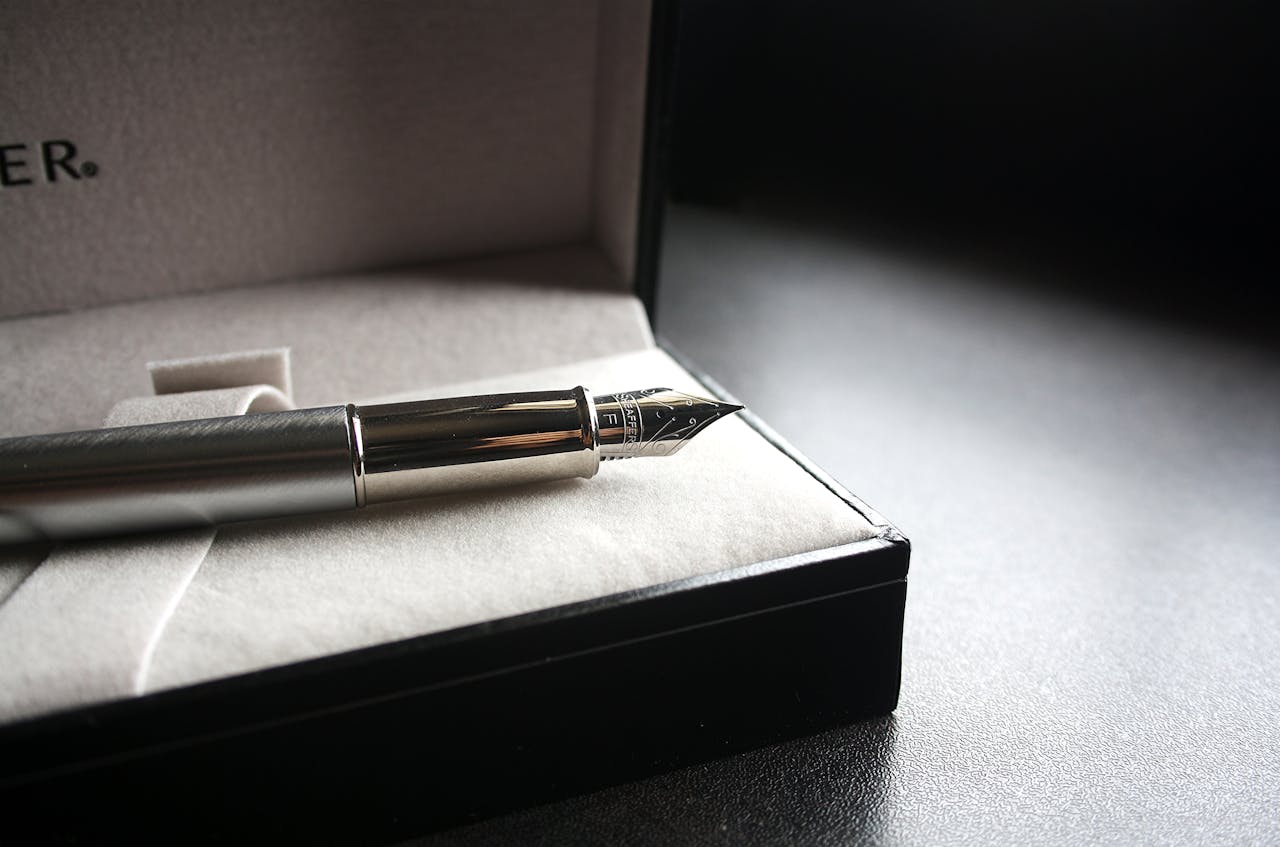Overview of Russian Noun Cases: A Complete Beginner’s Guide
In this post we’ll provide an overview of Russian Noun Cases for beginners. Noun cases – the form that nouns take depending on how they’re used in the sentence – are central to Russian grammar. But they can also be daunting to learners, especially to learners whose languages don’t make a big fuss over noun cases. But cases aren’t difficult to understand, and even the many forms that nouns can take follow a pattern that you can master with practice and repetition.
First, we’ll define what a case is and why it’s important in grammar. Then we’ll provide an overview of the Russian case system. After that we’ll give a breakdown of each of the six Russian noun cases. For each case, we’ll provide a clear explanation of how the case functions grammatically, along with example sentences. We’ll also include a few important prepositions that trigger certain cases. Finally, we’ll wrap up with some tips on how you can practice Russian noun cases.
What is a Noun Case?
First, let’s start by defining a noun case. If you’re reading this, you speak English, which means you probably understand these examples:
- She is my doctor.
- I am seeing her tomorrow.
If you understand, even intuitively, why we use she in the first example but her in the second, you understand noun cases. Okay, these are pronouns, but cases are relevant to both.
In English, we only see cases when it comes to pronouns. For the subject of a sentence, we use the pronouns I, you, he, she, it, we, and they. But for the object (direct, indirect, or prepositional), we use me, you, him, her, it, us, them. English nouns don’t change for case, with one minor exception. We add ‘s or s’ to possessive nouns. My doctor’s name is Pam Richardson. The doctors’ offices are always full.
Before we get into Russian, which has a more complex case system than English, we can define a grammatical case. It’s the form that a noun or pronoun takes depending on its grammatical role in a sentence: subject, object, possessive, and so on.
What Are Russian Cases?
Now that you know what cases are and have seen that English does indeed have a (stripped down) case system, you’re ready to look at Russian.
Russian Cases Compared to English Cases
The difference between English and Russian can be summarized as follows:
- Russian has more cases, a total of six.
- In Russian, pronouns change form, as they do in English. But nouns change form as well, usually by modifications to the ending.
- There are several case ending patterns (declensions) that Russian nouns follow, depending on the gender of the noun and various subcategories.
- Anything closely associated with the noun – adjectives, demonstratives like this or that, possessives like my or our – all change forms along with the noun.
Summary of Russian Cases
Here are the six Russian noun cases. For each one, we’ll list the English and Russian names, as well as a description of the case’s main role in a sentence. We’ll also give an example with the Russian noun ручка (pen) used in each of the six cases.
| Case | Russian Name | Main Function(s) & Example |
| nominative | именительный | Subject of the sentence: Ручка на столе. The pen is on the table. |
| genitive | родительный | Possession: Колпачок ручки отсутствует. The pen’s cap/The cap of the pen is missing. |
| dative | дательный | Indirect object (“to/for someone”) Я дал ручке новый колпачок. I gave the pen a new cap. |
| accusative | винительный | Direct object of the verb: Я купил ручку на прошлой неделе. I bought the pen last week. |
| instrumental | творительный | Instrument or means (“with/by”) Я пишу ручкой. I write with the pen. |
| prepositional | предложный | Location, about something (w/ preposition) В ручке есть чернила. In the pen there’s ink. |
Full Declension of a Russian Noun
The pattern of different endings that a noun can take is called a declension. As you’ve seen, Russian has six cases, but each case has both a singular and a plural form. This gives us a total of twelve forms. Let’s see how this works with ручка (pen), the feminine noun we’ve just seen.
| singular | plural | |
| nominative / именительный | ручка | ручки |
| genitive / родительный | ручки | ручек |
| dative / дательный | ручке | ручкам |
| accusative / винительный | ручку | ручки |
| instrumental / творительный | ручкой | ручками |
| prepositional / предложный | ручке | ручках |
Remember that this is just one possible pattern. It’s a feminine noun, and it follows what’s called the “first declension,” which is mostly feminine nouns ending in -а / -я. There are a couple of other declensions, and there are some spelling rules that you need to remember that effect the vowels in the endings. So not every Russian noun follows the pattern of ручка (pen).
Russian Noun Cases, Case by Case
Now that you understand what a case is, and you know that there are different declension patterns to memorize in Russian, let’s take a closer look at each of the Russian noun cases.
Nominative Case – Subject of the Sentence
The nominative case is used for the subject—the one doing the action. It’s also used for what’s technically called a predicate nominative, which is just the noun B in the pattern A is B.
The nominative case is also the dictionary form of the noun. When you look up a noun in a dictionary or translation app, you’ll see the nominative form. Based on the gender and the nominative ending, you’ll be able to tell which declension pattern you should follow.
- Эта ручка хороша.
This pen is good. - Моя книга очень интересная.
My book is very interesting. - Мальчик читает книгу.
The boy is reading a book. - Это стол.
This is a table.
Genitive Case – Possession, None of, After Most Numbers
The main use of the genitive case is to show possession, like ‘s or of in English.
- Это машина моего брата.
This is my brother’s car. - Название книги на французском языке.
The title of the book is in French. - Платье женщины красное.
The woman’s dress is red.
All numbers that aren’t 1 (or end in -1) are followed by the genitive. The genitive singular is used after 2, 3, and 4 (and any number ending in -2, -3, or -4). And the genitive plural is used elsewhere, including after ноль/нуль (zero) and нет (no).
- две книги
two books - шесть машин
six cars - ноль книг
zero books - У меня нет книги.
I don’t have a book. - Я не дал ему денег.
I didn’t give him any money.
The genitive is also used after certain prepositions, for example у (at, by), для (for), and без (without).
- Этот подарок для моего друга.
This gift is for my friend. - Мы были у бабушки.
We were at grandma’s. - Я пью чай без сахара.
I drink tea without sugar.
Dative Case – Indirect Object
The dative case marks the indirect object, the person (or sometimes thing) for whom or to whom something is done.
- Я дал книгу девочке.
I gave the book to the girl. - Я пишу смску своему парню.
I’m writing a text to my boyfriend.
The dative is also used with ages and in certain expressions, like нужно (need)
- Студенту восемнадцать лет.
The student is eighteen years old. - Учителю нужна ручка.
The teacher needs a pen.
Finally, the dative is used after a few prepositions, for example к (toward, to) and по (along, according to).
- Он подошёл к двери.
He went toward the door. - Мы гуляли по берегу.
We walked along the shore.
Accusative Case – Direct Object
The accusative marks the direct object—the thing being acted upon by the verb.
- Я вижу машину.
I see a car. - Она читает хорошую книгу.
She’s reading a good book. - Мы купили новый компьютер.
We bought a new computer.
The accusative is also used with many prepositions that indicate motion toward something or toward some goal, for example в (into, to), на (onto, to), or через (through).
- Мы идём в школу.
We are going to school. - Я поставил тарелку на стол.
I put the plate on the table. - Мы шли через парк.
We walked through the park.
Instrumental Case – Means or Accompaniment
The instrumental case shows what tool is used to do something, or with whom something is done. It’s also used in certain phrases that use as or by in English, or after certain verbs, for example быть (to be) when it has a future “become” sense.
- Он пишет ручкой.
He writes with a pen. - Я работаю учителем.
I work as a teacher. - Она хочет стать врачом.
She wants to be(come) a doctor.
The genitive is also used after certain prepositions, for example с (со) (with), над (above, over), and перед (in front of).
- Я пришёл с другом.
I came with a friend. - Самолёт летит над городом.
The plane is flying over the city. - Машина стоит перед домом.
The car is parked in front of the house.
Prepositional Case – Location and Topics
The prepositional case is used after prepositions that indicate location or topics. The most common ones are: в (in), на (on), and о / об / обо (about).
- Он живёт в Москве.
He lives in Moscow. - Мы говорим о фильме.
We’re talking about the movie. - Книга на столе.
The book is on the table.
Tips for Practicing Russian Noun Cases
Finally, here are five tips to help you memorize and practice Russian cases and noun declensions.
1. Master One Case at a Time
Don’t try to learn all six cases at once. Instead:
- Start with Nominative (dictionary form),
- Then move to Accusative (used often with direct objects),
- Progress gradually through Genitive, Dative, Instrumental, and Prepositional.
Use each case actively in phrases before moving on.
2. Use a Case Chart — Visually and Actively
Keep a case declension chart handy and write it out regularly from memory:
- Use model nouns, for example книга (book), стол (table), море (sea) for each gender. Familiarize yourself with the primary declension patterns and keep in mind that things like animacy might be relevant.
- Make your own color-coded version to visually separate cases and endings.
3. Write Example Sentences
For each noun and case:
- Write a mini sentence using that form.
Example: Я вижу стол (I see the table.) - Change one word at a time to create variations:
Я вижу маму, Я пишу маме, Я говорю с мамой… (I see mom, I write to mom, I speak with mom…)
4. Practice with Audio and Repetition
Use apps or videos where you can hear and repeat:
- Repeat declensions aloud daily like mantras.
- Listen for case usage when you hear music or watch videos.
5. Use Case Triggers Like Prepositions and Verbs
Learn which prepositions and verbs require which case. Make lists of accusative prepositions or verbs that trigger the dative and so on.
- без (without) = genitive: без сахара (without sugar)
- к (to) = dative: к другу (to/toward a friend)
- с (with) = instrumental: с сестрой (with the sister)
Make flashcards pairing the trigger with a sample phrase.
Get on the road to speaking Russian with the Language Garage!
We hope you’ve enjoyed learning about Russian noun cases. If you’d like to learn more:
- Follow us on Facebook, LinkedIn, BlueSky, Twitter, Threads, Instagram, or Pinterest. We publish lots of Russian vocabulary, grammar, and culture notes, so it’s a great way to pick up some new vocabulary and practice.
- Check out our other posts on Russian language, culture, and more.
- Enroll in affordable, flexible, and personalized private online Russian lessons or sign up for a small group online Russian class.
- Create a free Language Garage account to access tons of Russian vocabulary, grammar, and culture.
Photo by Soumojit Basu






